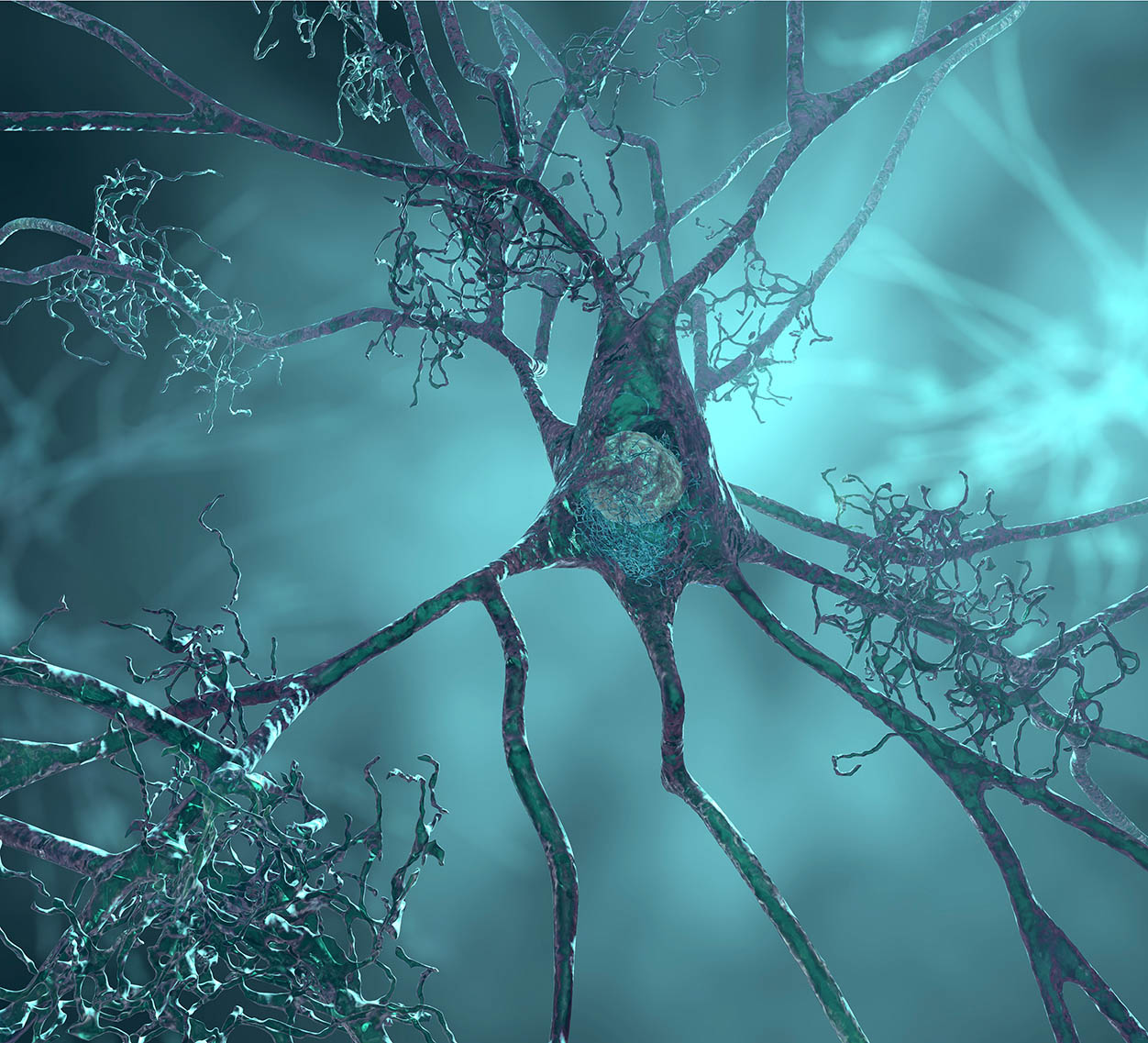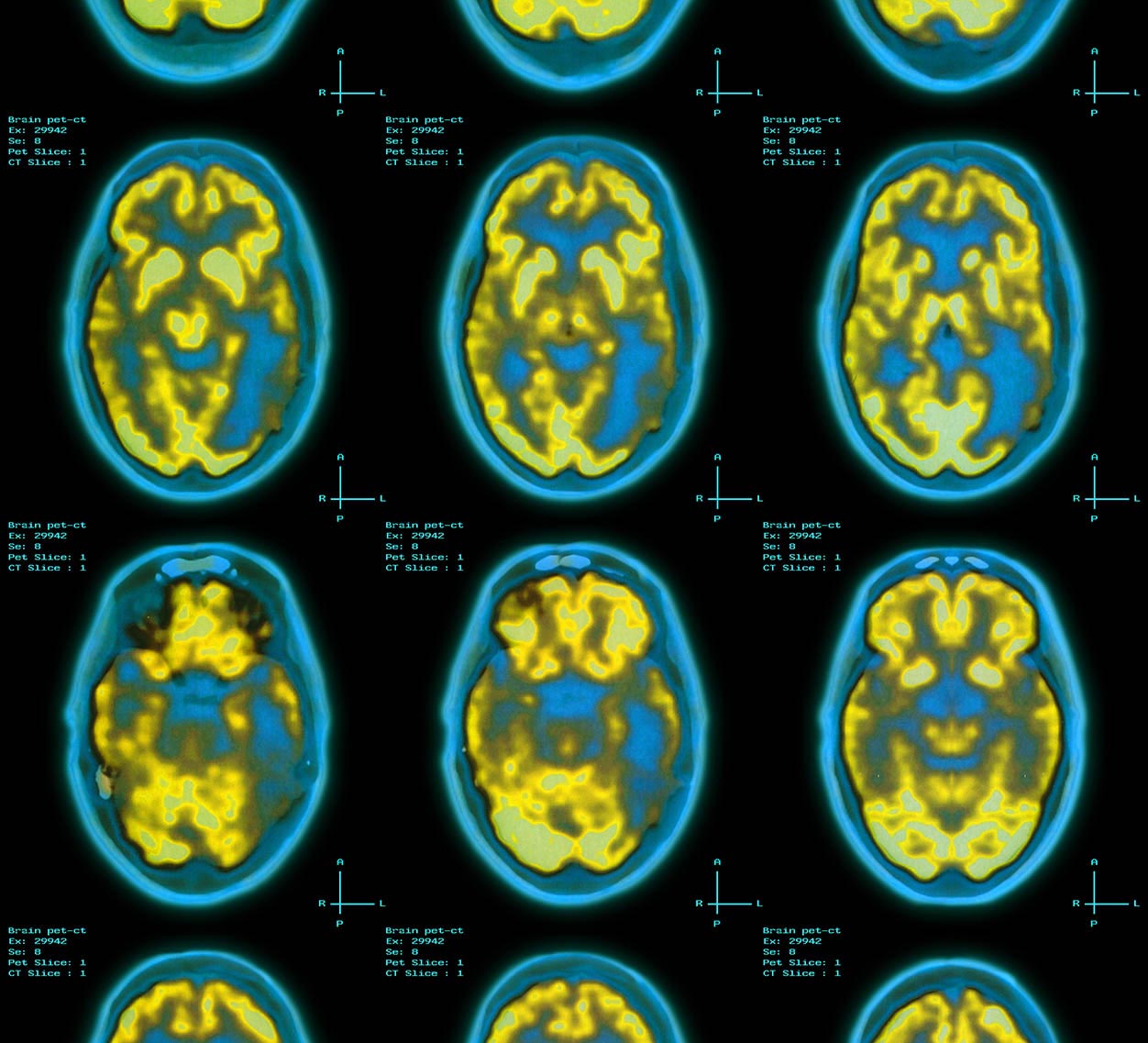The NSHS program goal is to design and integrate an ultra-thin, flexible electronics based, low cost, stretchable sensor system for precision passive measurement of both levels of human hydration and force-induced body injury.
Hydration is a critical nutrient for optimal functioning of the human body. Water balance is precisely regulated within the body as even a 1-2% decrease in water deficit produces impaired cognitive performance decrements. Dehydration is a major factor in heat stress morbidity and is a contributor to accidents and injuries through degraded neurological and muscle performance. Therefore the hydration state of an individual’s involved military training and military combat missions is of extreme importance across the spectrum of security personnel, combat soldiers, vehicle crews, rotary wing aircrews and fixed wing aircrews.
Hydration regulation is also of importance in sports performance and labor intensive occupations, where exercise-induced exhaustion and labor-induced exhaustion occurs across all ambient temperature ranges, effecting neurological cognitive performance and muscle performance loss.
Brain and spine trauma represent a growing concern to both the Military and Sports participants. Force-induced body injury of the head and spine range from mild concussions, to severe traumatic brain injury, to death. Adverse forces on the head/neck/spine induce injuries ranging from dislocations, damaged/crushed vertebrae, to death. Blast induced forces to the head and neck have different damage mechanisms to the brain and spine due to overpressure time constants than impact blows from sports activities. Therefore, the identification and declaration of brain and spine injury requires different calibrated injury models for Military-use and Sports-use.
The SSIM-developed NSHS construct provides seminal advancement in three key areas in the application of wearable technologies to Military-use and Sports-use applications.
First, the program provides for a multi-modal integration of human performance data into one sensor by the real time collection of and maintaining awareness of both the individuals hydration status and the neurospinal environment. These data are critical in the monitoring military member short term and long term human medical status for performance of current and future military missions.
Second, by using printed flexible electronics technology, the program demonstrates the size, weight and power (SWAP) needs for integration of the NSHS into helmets and uniforms.
Third, the SWAP advantages of the printed flexible electronics technology sensors does not adversely impede upon important human factors elements in Military or Sports environments, therefore achieving performance advantage over the previous generations of heavier helmet shock/blast detection sensors.
As part of this initiative, we have developed an integrated helmet sensor system that translates impact to the helmet to brain impact, using a multiphysics brain model based on shear forces that translate to axon stretching. 4D ultrasound of brain density and structural information provides the mechanical model for the strain calculations.
Funded by US Air Force.


